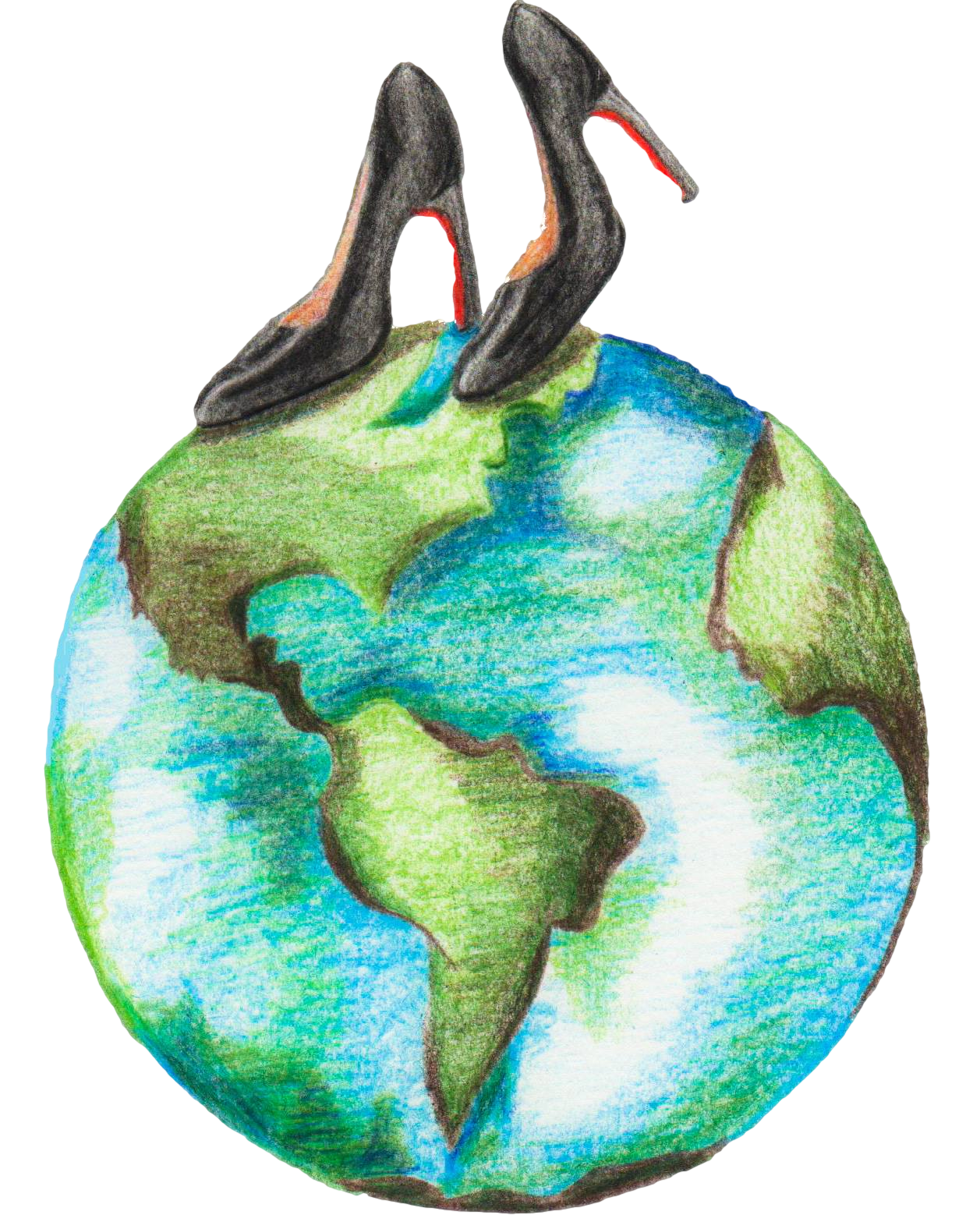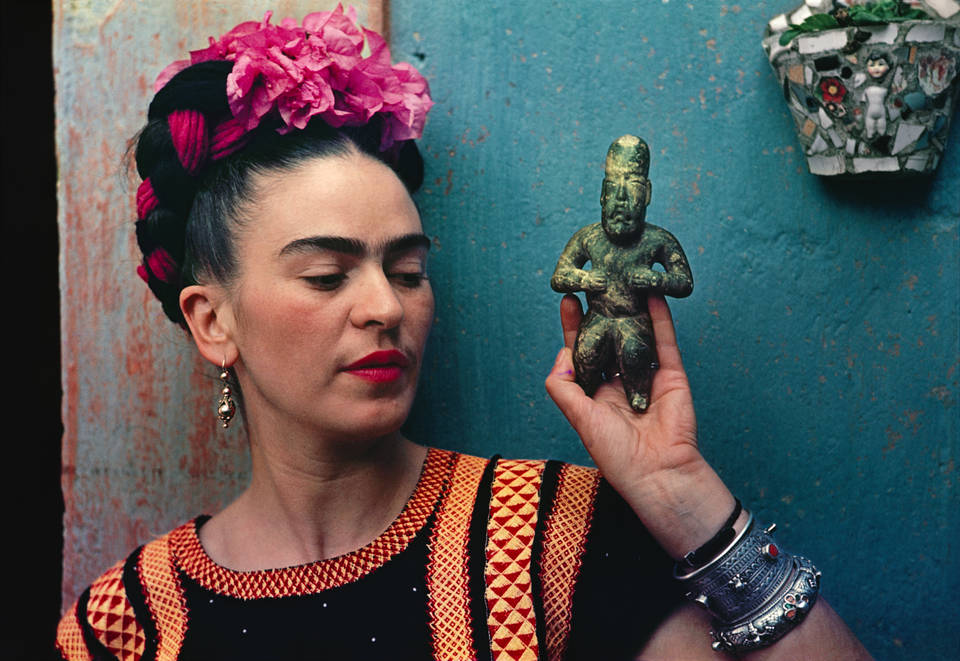
As we transition into jeans and step out of summer dresses, I find that along with the colder months I morph into a more reclusive and reserved being. I swap bright patterns for sombre colours. Black, grey and dark blue become staples; my wardrobe matches my mood.

I wanted to find a theme to address and explore the link between one’s wardrobe and self-expression.
I came across the ‘Frida Kahlo: Making Herself Up’ exhibition at the Victoria & Albert museum in London where Frida’s clothes and belongings from her Mexican home, the Casa Azul, are being exhibited for the first time outside the country. The more I researched her, the more I became fascinated with the way she used fashion to express herself and construct her identity.
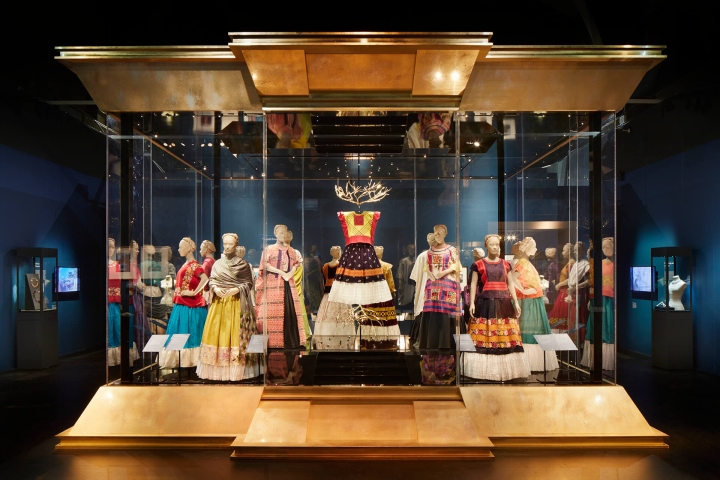
Frida was the perfect subject for a Style Rover to examine.
Who exactly is Frida Kahlo?
Like many of you I’m sure, I had already heard of Frida Kahlo as THE Mexican feminist and fashion icon of the 20th Century. However, I knew little of her life and background before she became a celebrated artist.
Frida was born in 1907, three years before the Mexican Revolution. The dictator Porfirio Diaz had established a strict and corrupt regime in Mexico, which concentrated all the power and money in the hands of elites, landowners, the military and the Catholic Church. In response, the agrarian population living in the provinces triggered a revolution which was to last a decade, fighting for social equality and a fairer system. There were different factions within the revolution that were fighting against each other for government power; for a decade Mexico was a fragmented nation.
Post-revolution there was a counter-movement to unify Mexico, celebrating the history, traditions and diversity of the country. This was the backdrop to Frida’s early years, and she saw herself very much as a child of the revolution. Mexican traditions became a huge part of her life, in her fashion and art, and also through her husband Diego Rivera who was commissioned to paint murals all over the country to showcase the native cultures of Mexico.
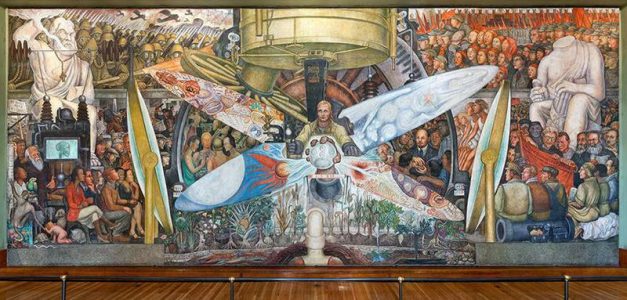
Frida’s ancestry also represented diversity in Mexico; her father was German and her mother of Spanish and Indian descent. Her father, Guillermo Kahlo, was a celebrated photographer and focused on self-portraits. Later in her life Frida painted many self-portraits – one of the most famous ones is titled ‘The Two Frida’s’ – and she enjoyed being photographed. She most likely inherited this fascination with the self from her father.
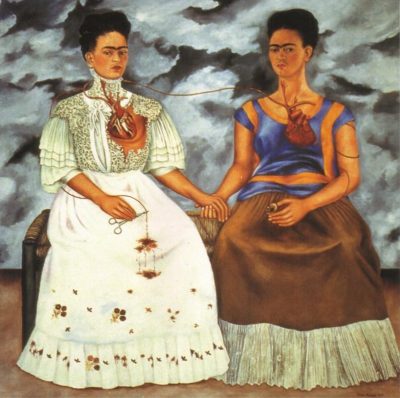
What was she like?
It’s not surprising Frida enjoyed to paint herself, for she was a fascinating character. When she was six she contracted polio, making her right leg shorter and thinner than the left. Then at eighteen she was in a serious bus accident that fractured her ribs, both legs, her pelvis and her collarbone. Rather than letting herself be debilitated by these circumstances, Frida celebrated her differences through fashion and art. She would paint her plaster corsets, attach her prosthetic leg onto a beautiful red boot, wear striking red lipstick and accentuate her unibrow to redirect attention onto her face.
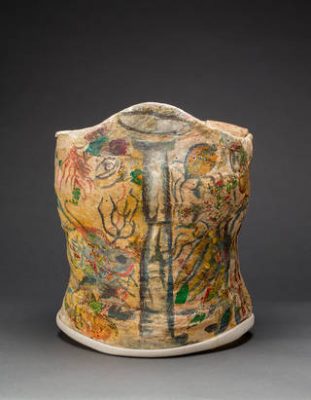
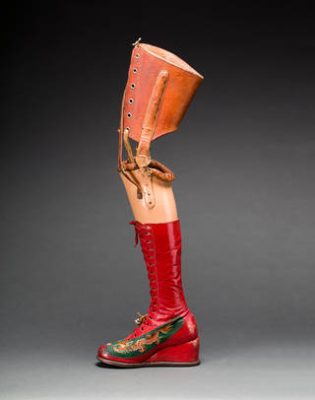
“Pies, para que los quiero si tengo alas para volar?”
“What do I need feet for if I have wings to fly?”
What did she wear?
Whilst women around her adopted the trendy flapper dress of 1920s, Frida chose the traditional Tehuana (southern city in state of Oaxaca) dress, aligning herself with the post-revolutionary vision of Mexico.
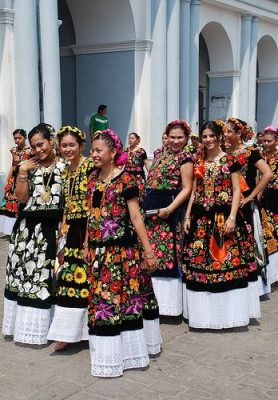
The garments she wore included a huipil (tunic), enagua (long skirt) and rebozo (shawl).
These items were not tailored but rather assembled from squares or rectangles of cloth, without needing buttons or zips. The introduction of the singer treadle machine in the early 1900s in Mexico lead to the development of overlapping geometric designs worked in chain stitch. There was an emphasis on embroidery, using colour and patterns to liven up the fabrics.
The co-curator of the V&A exhibition, Circe Henestrosa, perfectly summarised how Frida used her clothes to convey paradoxical messages:
“[Frida’s] resplendent Tehuana dresses; striking headpieces, hand-painted corsets and prosthetics masterfully masked her physical impairments, but were also a form of self-expression and an extension of her art”.
The huipil and enagua were loose-fitting, serving to conceal Frida’s disabilities and manipulate her image and stress other parts of her body like her waist and her face. The long skirt hid her poorly leg, enabling her to blend in with the crowd. Yet the beautiful embroidered patterns of her outfits, coupled with her dark moustache and unibrow, made her such a striking figure that she would stand out anywhere.
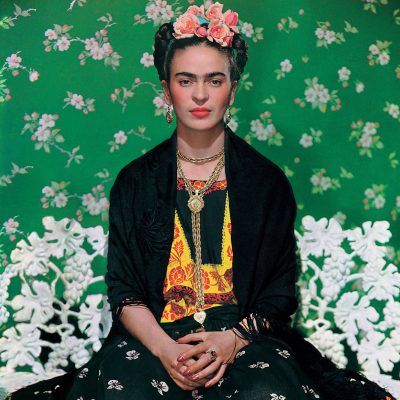
The juxtaposition of her masculine features and traditional feminine attire shows how she played with androgynous style and blurred the gender lines. Indeed, yet another contradiction is that in her liberal behaviour (she was rumoured to have had affairs with many women, including Georgia O’Keefe) she represented the modern, avant-garde woman, whilst also embodying the historical Tehuana woman.
Frida’s image was a self-construction. Her outfits were meticulously planned to express her conflicted nature. She did not conform and refused to be categorised. This in itself is something to admire.
While there were many unexpected events in her life Frida managed to exert control over her image and convert herself into the fashion icon we know today.
How can a Style Rover be inspired by Frida Kahlo?
I picked up a few pieces in the various places I visited both this summer and last summer to pay homage to Frida.
Frida shared this long unisex jacket with Diego. I thought the jacket I bought last year in Colombia resembled it quite nicely.
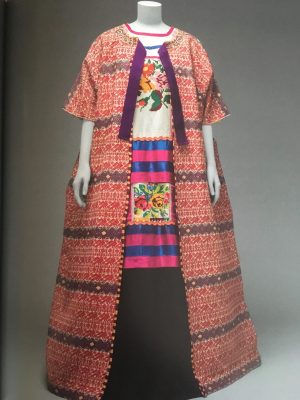
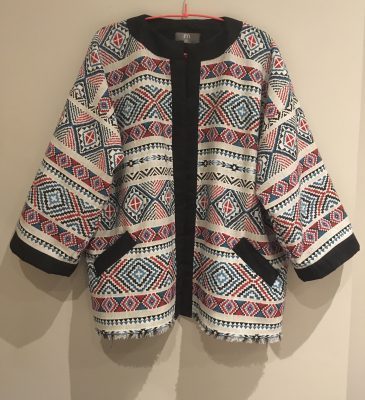
Dark yellow has been everywhere this year! Frida called it back in the 1920s. I scouted out these beautiful harem pants in a vintage shop in Amsterdam. They are very high-waisted, so flattering on the waist and legs.
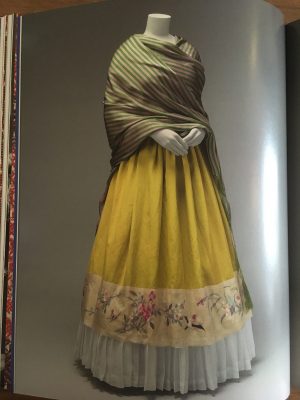
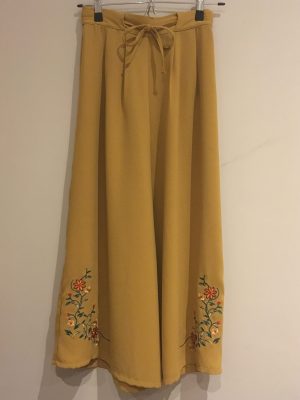
I fell in love with the patterns on this dress when I saw it in Florence. It is from a shop called Subdued that has lots of cute crop tops, dresses and high-waisted jeans. Think 90s Brandy Melville.
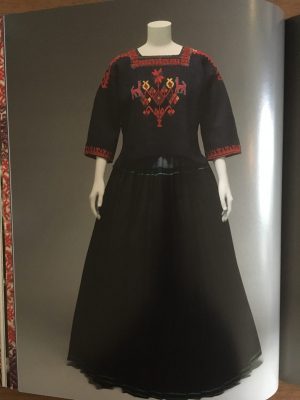
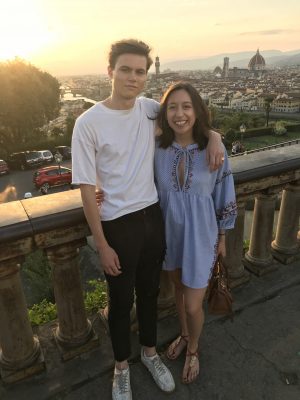
In Cartagena last summer I wandered into a modern concept boutique called St Dom. Housed in an ancient colonial mansion, it boasts everything from luxury Colombian garments, jewellery, shoes and design books. My sister ended up buying this gorgeous blouse whose loose fitting resembles Frida’s peacock shirt below.
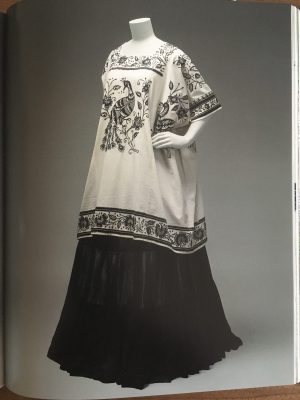
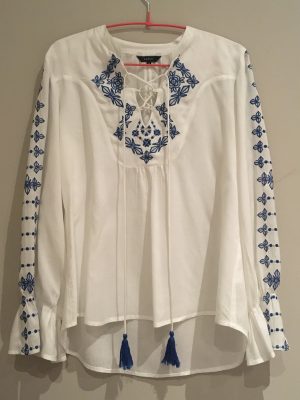
I would highly recommend the V&A exhibition, which is on until 4th November. Let’s be inspired by Frida this autumn, both in dress and attitude.
*I was not able to take photos of the exhibition, so these photos are from the exhibition book.*
